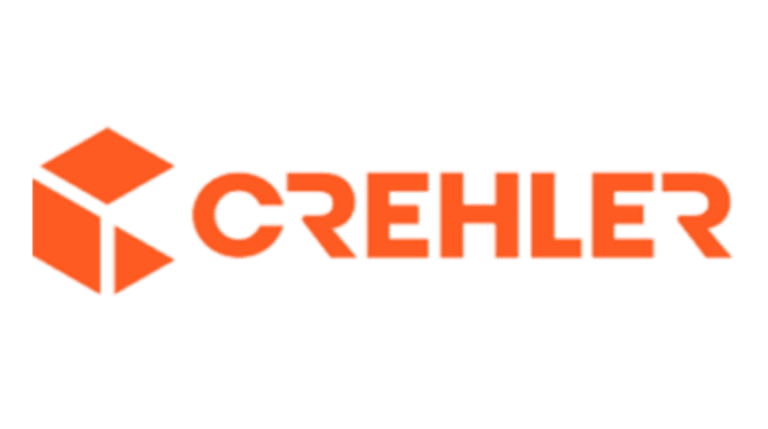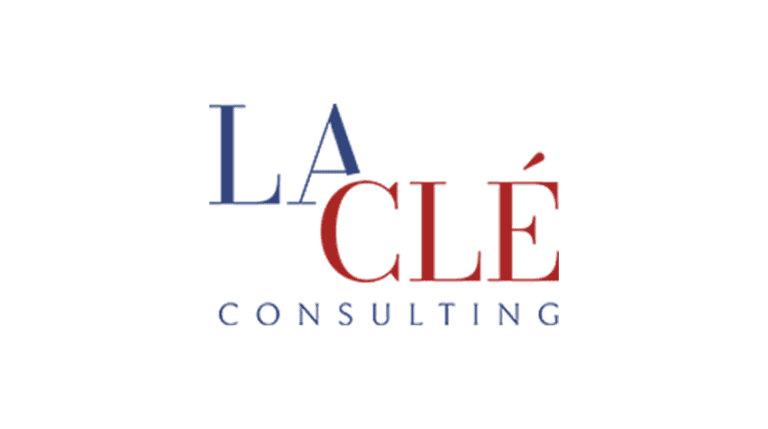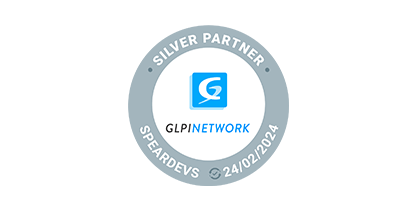Performance in headless commerce is crucial. Customers expect fast load times, and if they don’t get it, they’re out.
Slow pages mean lost sales and frustrated users. Plus, slow sites get penalized by Google, which can lower your search rankings. So, how do you make sure your headless commerce site loads fast and stays fast? That’s what we’re going to dive into.
We’ll walk you through simple, practical ways to improve performance in headless commerce. We’ll cover optimizing your APIs, making images load smarter, caching strategies, and much more.
Why does speed matter for performance in headless commerce?
Before we jump into the how-tos, let’s clarify why speed is such a big deal in headless commerce. In headless commerce, your front-end (the part your customers see) is separate from your back-end (the part that handles things like inventory and orders).
This setup gives you flexibility—like using fancy front-end frameworks (React, Vue, etc.) and plugging in whatever services you need on the back-end. Sounds great, right?
But this separation also means there are more moving parts. Your front-end has to talk to the back-end through APIs, and if that process isn’t optimized, it can lead to delays. Add on top of that big images, unoptimized code, and third-party scripts, and suddenly, your site feels like it’s dragging its feet.
So yeah, speed is a big deal. Not only will a fast site keep users happy and improve your conversions, but it’ll also make Google happy, which helps with SEO.
Practical strategies for improving performance in headless commerce
Let’s get straight to the point: improving performance in headless commerce comes down to reducing latency, streamlining the front-end, and efficiently handling APIs and media. Below are the key strategies you need to implement.
Use a CDN
A CDN can give you an easy win in the speed department. Simply put, a CDN stores copies of your site’s content (like images and scripts) on servers all over the world. When a user visits your site, the content loads from the server closest to them. This cuts down the time it takes to load your pages, especially for users far away from your main server.
Here’s how to get the most out of a CDN for headless commerce:
- Pick a solid CDN provider:
Cloudflare, Fastly, and Akamai are all popular choices. Most of these services offer built-in caching and optimizations that can seriously improve load times. - Edge caching:
With edge caching, content gets cached at CDN nodes closest to users. This reduces the need to constantly pull from your origin server. - Use HTTP/2 or HTTP/3 protocols:
These newer protocols allow for multiplexing, which means multiple requests can be handled at once, speeding up delivery.
CDNs make sure your content gets delivered quickly no matter where your users are. It’s a no-brainer for improving performance in headless commerce.
Optimize API performance
APIs are the backbone of any headless commerce setup. They handle the communication between your front-end and back-end. But if those APIs are slow or poorly designed, they can create significant delays.
Here’s how to optimize your APIs:
- Minimize API round trips:
Too many requests back and forth between front-end and back-end will kill your load times. Batch API calls when possible. - Choose the right API:
REST APIs return entire data sets, even if you only need a small portion. GraphQL allows you to query exactly what you need, reducing the amount of data being transferred. - Implement rate limiting and caching:
Rate limiting prevents your server from being overwhelmed by too many requests, and caching can reduce the need to call the same data over and over.
Headless commerce heavily relies on APIs to load product data, user information, and more. By streamlining these processes, you reduce load times and improve user experience.
Optimize front-end rendering
Headless commerce gives you the flexibility to use modern front-end frameworks like React, Vue.js, or Angular. But that flexibility can come at a cost if you don’t optimize your rendering strategies.
There are three main approaches to rendering in headless setups:
- Client-side rendering (CSR):
While CSR offers a dynamic, rich user experience, it can delay the initial load because everything needs to load in the browser. - Server-side rendering (SSR):
SSR sends fully-rendered pages from the server, which reduces the time to first paint. However, it can put more load on the server. - Static-site generation (SSG):
This technique builds the pages during the build process and serves them as static HTML, leading to super-fast load times.
Which to choose?
SSR and SSG are often faster for initial loads, while CSR excels in dynamic interactivity. A hybrid approach—known as hydration—is often the best bet, where you serve an SSR-rendered page and hydrate it with client-side JavaScript for interactivity.
If users have to wait too long for your page to render, they’ll bounce. Proper rendering techniques reduce that time, improving overall performance.
Optimize images and use lazy loading
Images are one of the biggest contributors to slow load times. But in e-commerce, you can’t exactly strip them away. What you can do is optimize them.
Key strategies for optimizing images:
- Use lazy loading:
Lazy loading only loads images as users scroll down the page. This reduces the initial load time. - Serve images in modern formats:
Use formats like WebP, which are much smaller than traditional JPEG or PNG formats without sacrificing quality. - Implement responsive images:
Make sure images are resized and optimized for the device they’re being viewed on. For instance, serving a 4000px image to a mobile user is overkill.
Pre-fetch and pre-load critical resources
Pre-fetching downloads resources the user is likely to need in the near future, while pre-loading prioritizes critical resources during the initial load.
How to do it:
- Pre-fetch API data:
You can pre-fetch critical API data when the user hovers over a link or begins to navigate to a different section of the site. - Pre-load important CSS and JavaScript files:
Use therel="preload"tag to tell the browser which files are most important and need to load first.
By predicting what the user needs and loading it before they ask for it, you’re reducing perceived wait times and making the experience feel snappier.
Summary
Optimizing performance in headless commerce is crucial if you want to stay competitive. When done right, you can ensure that your headless commerce site doesn’t just look good—it runs fast and keeps users (and Google) happy. This will greatly improve your performance in headless commerce and lead to a better overall experience.
GET IN TOUCH
We specialize in building fast, high-performing headless commerce solutions.
Whether you’re looking to improve load times or create an entirely new e-commerce platform, we can help. Get in touch with us today!
FAQs about performance in headless commerce
What is headless commerce?
Headless commerce decouples the front-end and back-end of an eCommerce platform, allowing more flexibility in how content is delivered across different devices and platforms.
Why is speed so important in headless commerce?
Speed affects both user experience and SEO. Slow load times lead to higher bounce rates, lower conversions, and poor search rankings.
What’s the best way to optimize APIs in headless commerce?
Minimizing API round trips, using GraphQL, and implementing rate limiting and caching are all effective strategies.
What’s the biggest factor that slows down headless commerce sites?
Poorly optimized API calls and uncompressed images are two of the biggest culprits. Streamlining these can dramatically improve your load times.
How can I speed up the front-end in a headless commerce setup?
You can use server-side rendering (SSR) or static-site generation (SSG) to reduce the initial load time, then hydrate the page with JavaScript for interactivity.
Does using a CDN really make a big difference?
Absolutely. A CDN can drastically reduce the time it takes for your site’s content to reach users, especially if they’re located far from your main server.






